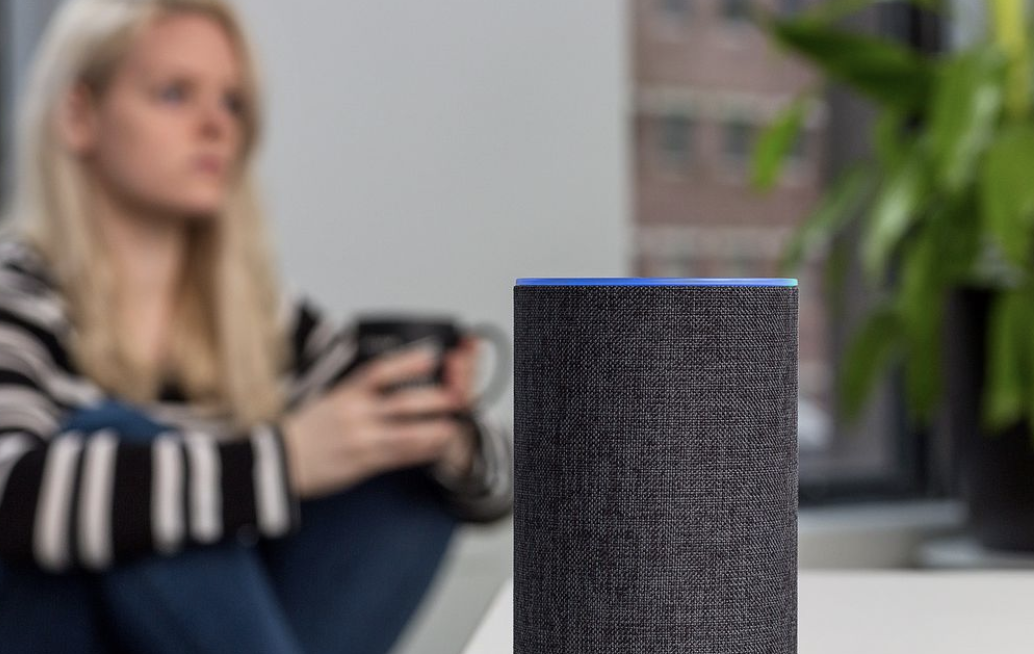As we enter year three of the COVID-19 pandemic, the healthcare industry is transforming before our eyes, perhaps more so than it has in the last few decades. An unprecedented virus, social distancing, mask requirements healthcare worker burnout, vaccine mandates, supplying chain disruptions, and staffing shortages have made the health sector a ticking time bomb. The only remedy? Impactful change.
Telemedicine, for example, is transforming how patients find doctors and receive care. Patients can video chat with their provider of choice, explain their symptoms, and receive a prescription in a fifteen-minute virtual visit. Appointment follow-ups and questions can be handled via text, boosting accessibility and convenience for all.
Beyond telemedicine, many other disruptions are brewing within the healthcare sector due to the challenges the industry is facing. Keep reading to learn more about the healthcare industry disruptions we are likely to see in 2022.
Improving Patient Experience Amid Staffing Shortages
“If you ask health systems what they’re actually working on the answer is very different…..Implementing nothing. (Yes, many don’t have the resources for anything new)….The digital health trend in 2022 and 2023 is going to be how can we do more with less.” -Nick Neral, Innovation & Strategy Director, Panda Health
While there is a lot of talk about how the healthcare industry is adapting to the “new normal” and what exciting new technologies or processes they are implementing, the reality is that the healthcare industry and the workers within it are simply tired. They are overworked, overbooked, understaffed, and underappreciated by and large.
The driving force behind change in healthcare is finding ways to do more and give more with fewer resources. In that vein, the major disruptions to healthcare make healthcare workers’ jobs easier to do. They include digital transformation in voice technology, patient data utilization, digital health insurance, and cognitive automation.
The Digital Transformation Of Healthcare And Its Impact On Patient-Centricity
Voice Technology
Reports estimate there are 111.8 million people in the US using voice search features today, so it won’t surprise that the healthcare industry is dipping its toes into voice technology. What is surprising, however, are the ways in which healthcare companies are using voice technology to promote patient centricity. Voice technology will become more widely used across healthcare in 2022, advancing telehealth progress and quality of care.
While Amazon hasn’t been vocal about its shift into the healthcare realm, they’ve been slowly building a movement with their Alexa device. For example, Mayo Clinic worked with Amazon to create an Alexa skill that provides instant access to first-aid information. As part of the skill, users can receive self-care instructions and quick answers, all while potentially avoiding a trip to urgent care.
Patient Data Utilization
The healthcare industry has a lot of data about patients, however, up until very recently it’s been getting dusty like an unread book on a shelf. In the last few years, the industry has begun to understand just how valuable this data is for treating patients effectively and keeping them healthy long term.
A great example of patient data utilization is Truveta. Truveta was formed by twenty medical organizations to pool healthcare data across the nation. Patient data de-identified and analyzed to improve care, develop better therapies and drugs, and promote more equitable treatment of underrepresented groups. It has built a software service that allows researchers and other users to ask questions about the collected data.
Digital Health Insurance
Health insurance is one facet of the healthcare industry that doesn’t get a lot of attention these days in terms of digital transformation. Negative connotations mire health insurance, and we can’t deny that it’s undoubtedly a broken system. However, there’s a lot to be hopeful for this year, thanks to the advent of digital health insurance. The insurance industry is behind in its use of artificial intelligence (AI), automation, and customer satisfaction. Luckily, they’re now starting to catch up.
One of the main challenges health insurers face, especially with staffing shortages, is handling incorrect claims. According to a McKinsey report, one in ten insurance claims is incorrect and the health insurer can challenge the claim’s amount. However, identifying those claims is tedious, and many fall through the cracks. However, with technological advancements, like AI, these claims can be handled by intelligent algorithms, ensuring customers receive the correct billing statements.
Cognitive Automation
The last disruption to reign supreme in 2022 will be cognitive automation (CA). Cognitive automation is one of the key IT trends in healthcare this year, yet we’re only scratching the surface of its capabilities. Cognitive automation is an umbrella term for a whole suite of automation capabilities, including computer vision, machine learning, natural language processing, speech recognition, and robotics.
Cognitive technologies can perform many time-consuming tasks for healthcare workers, ultimately increasing efficiency and time spent with patients. For example, CA can analyze diagnostic data, identify patients who match common factors for cancer diagnoses and bring it to a doctor’s attention faster and less testing. It streamlines much of the time-consuming research work.
Bottom Line
As the healthcare industry trudges along into another year of COVID, there is a silver lining to be found. The last few years have compelled an industry overrun with outdated processes and technologies to take drastic action. New (and sometimes unexpected companies) have entered the arena. Just look at Amazon with its Alexa device, providing innovative ways of promoting patient centricity in the face of staffing woes. Ultimately, automation is a significant force driving the most buzzed-about disruptions of 2022. From data pooling to digital insurance and cognitive automation, 2022 will be the year of doing more with a whole lot less, and perhaps even to the benefit of patients everywhere.
To become patient-centric, providers must centralize patient data and track patients’ journeys from start to finish. Check out our blog article, User Experience for Healthcare Professionals, to learn more about user experience (UX) for healthcare workers.



